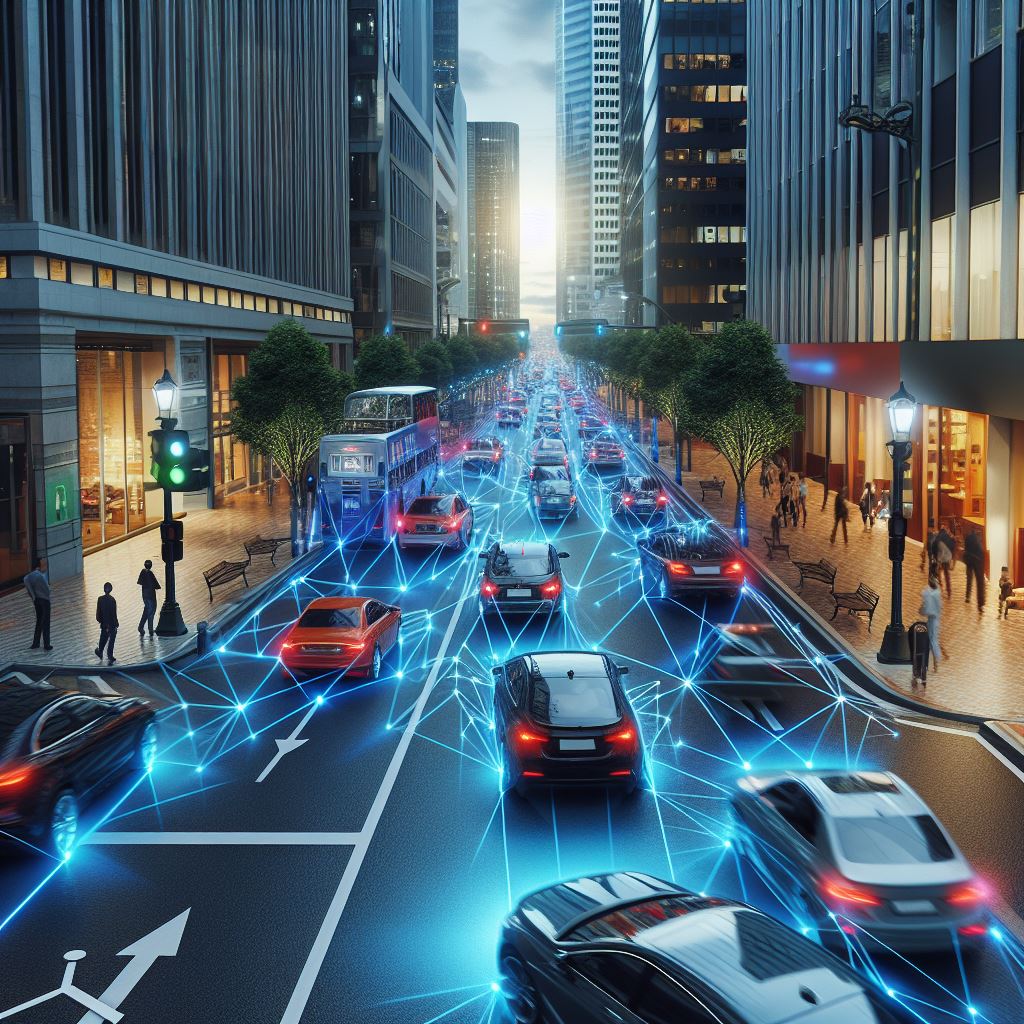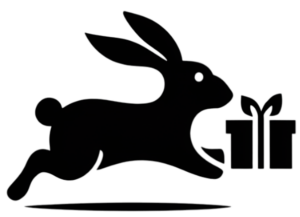See What Moves: The Power of Object Tracking in Our Digital World
Object tracking is a field of computer vision concerned with following the movement of objects in videos or image sequences. It goes beyond simply detecting the presence of objects in individual frames. The goal is to understand how these objects move and interact with their environment over time.

Object tracking is a crucial component of computer vision and machine learning systems, playing a vital role in various applications ranging from surveillance and autonomous driving to augmented reality and robotics. At its core, object tracking involves the continuous localization and monitoring of a specific object or multiple objects within a video or image sequence over time. Unlike object detection, which identifies objects in a single frame, object tracking maintains the identity of the detected objects across consecutive frames, enabling the system to understand object motion, behavior, and interactions within a scene.

Imagine watching a football game. Object tracking can follow the trajectory of the ball throughout the video, even when it’s obscured by players or moves at high speeds. This allows for applications like analyzing player movement or generating statistics on ball possession.
Object tracking is a crucial component of computer vision and machine learning systems, playing a vital role in various applications ranging from surveillance and autonomous driving to augmented reality and robotics. At its core, object tracking involves the continuous localization and monitoring of a specific object or multiple objects within a video or image sequence over time. Unlike object detection, which identifies objects in a single frame, object tracking maintains the identity of the detected objects across consecutive frames, enabling the system to understand object motion, behavior, and interactions within a scene.
One of the fundamental challenges in object tracking is maintaining accurate and consistent tracking despite changes in lighting conditions, occlusions, scale variations, and object deformations. To address these challenges, object tracking algorithms leverage a combination of techniques, including feature extraction, motion estimation, appearance modeling, and data association. Feature extraction involves identifying distinctive visual features of the object, such as edges, corners, or texture patterns, which serve as reference points for tracking. Motion estimation techniques predict the movement of the object between frames based on its previous positions and velocity, helping to anticipate its future location.
However, these algorithms can struggle when faced with significant variations. For instance, relying solely on features like corners might fail if an object undergoes deformation. This is where FasterLabeling‘s services become crucial. By providing high-quality, human-labeled training data, FasterLabeling can help object tracking algorithms become more robust to these challenges. Their service can ensure accurate labeling of objects across various lighting conditions, occlusions, scales, and deformations. This allows the algorithms to learn more comprehensive features and movement patterns, leading to significantly improved tracking accuracy and consistency even in complex scenarios.

Appearance modeling plays a crucial role in distinguishing the tracked object from its surroundings and other similar objects in the scene. This involves capturing the object’s visual appearance through descriptors such as color histograms, texture features, or deep learning-based representations. By modeling the object’s appearance, the tracking system can accurately differentiate it from background clutter and other distractions, enhancing its robustness in complex environments.

 Object tracking can be categorized into different types based on the characteristics of the tracked objects and the tracking scenario. Single-object tracking (SOT) focuses on following a single target object throughout the video sequence, while multiple object tracking (MOT) extends this capability to handle multiple objects simultaneously. MOT systems face additional challenges due to interactions between objects, occlusions, and target identity switches, requiring sophisticated algorithms for accurate tracking and trajectory estimation.
Object tracking can be categorized into different types based on the characteristics of the tracked objects and the tracking scenario. Single-object tracking (SOT) focuses on following a single target object throughout the video sequence, while multiple object tracking (MOT) extends this capability to handle multiple objects simultaneously. MOT systems face additional challenges due to interactions between objects, occlusions, and target identity switches, requiring sophisticated algorithms for accurate tracking and trajectory estimation.
Object tracking finds widespread applications across various industries and domains. In surveillance and security systems, it enables the monitoring and analysis of moving objects in real-time, facilitating event detection, anomaly detection, and behavior analysis. In autonomous vehicles and drones, object tracking plays a crucial role in detecting and tracking pedestrians, vehicles, and other obstacles to ensure safe navigation and collision avoidance.
In the field of augmented reality, object tracking enables the overlay of virtual objects onto the real world in real-time, enhancing user experiences in gaming, marketing, and visualization applications. In robotics, object tracking facilitates object manipulation, navigation, and human-robot interaction, enabling robots to perceive and interact with their environment effectively.
In conclusion, object tracking serves as a cornerstone of computer vision and machine learning, empowering the persistent localization and monitoring of objects in evolving environments. By combining feature extraction, motion estimation, appearance modeling, and data association techniques, object tracking systems achieve robust tracking across video or image sequences. This robustness extends to challenging scenarios like occlusions, where objects are hidden from view, and appearance shifts, where objects undergo significant changes in color, shape, or pose. As object tracking algorithms continue to develop and integrate more sophisticated deep learning techniques, we can expect even greater accuracy and adaptability in real-world applications. This will further propel object tracking’s role in various domains, from autonomous vehicles and security systems to human-computer interaction and augmented reality. The ability to reliably track objects will undoubtedly play a key role in shaping the future of intelligent systems and their interaction with the physical world.
References
Tang, H., Liang, K. J., Grauman, K., Feiszli, M., & Wang, W. (2024). Egotracks: A long-term egocentric visual object tracking dataset. Advances in Neural Information Processing Systems, 36.
Su, S., Han, S., Li, Y., Zhang, Z., Feng, C., Ding, C., & Miao, F. (2024). Collaborative multi-object tracking with conformal uncertainty propagation. IEEE Robotics and Automation Letters.
Gao, L., Chen, L., Liu, P., Jiang, Y., Li, Y., & Ning, J. (2024). Transformer-based visual object tracking via fine–coarse concatenated attention and cross concatenated MLP. Pattern Recognition, 146, 109964.
Zhang, Y., Wang, T., & Zhang, X. (2023). Motrv2: Bootstrapping end-to-end multi-object tracking by pretrained object detectors. In Proceedings of the IEEE/CVF Conference on Computer Vision and Pattern Recognition (pp. 22056-22065).
Huang, K., Lertniphonphan, K., Chen, F., Li, J., & Wang, Z. (2023). Multi-object tracking by self-supervised learning appearance model. In Proceedings of the IEEE/CVF conference on computer vision and pattern recognition (pp. 3163-3169).
